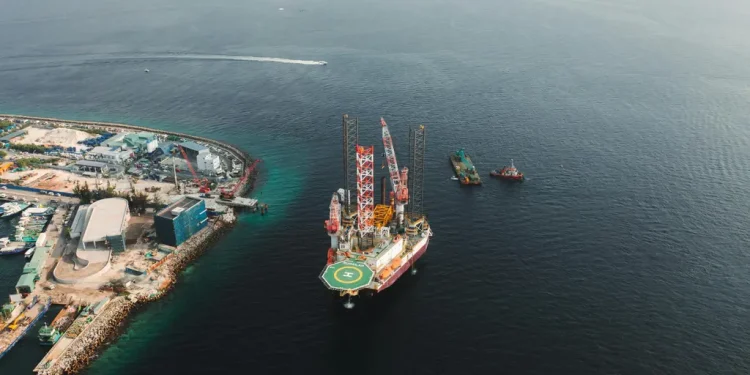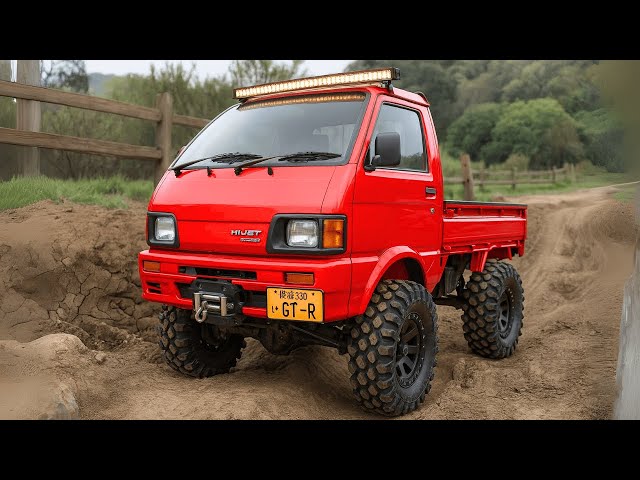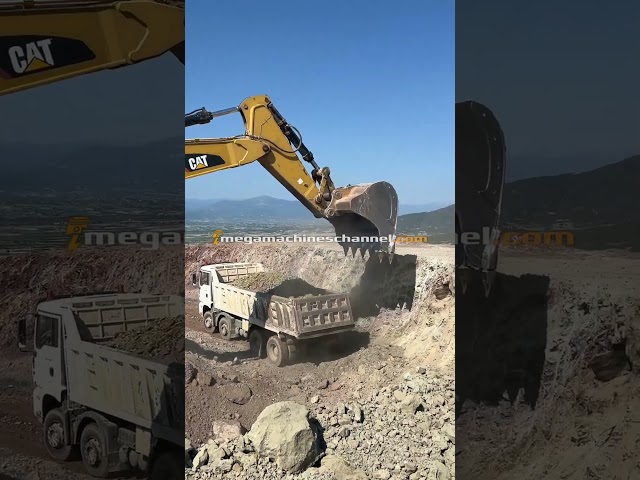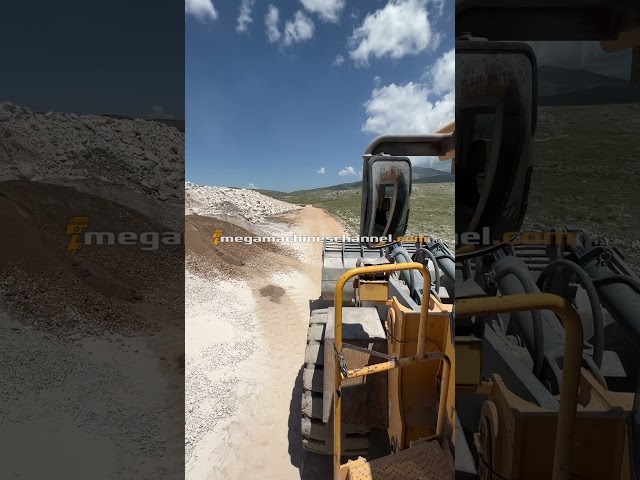The Importance of Offshore Oil Exploration
Offshore oil exploration plays a crucial role in meeting the world’s energy demands. The discovery and extraction of oil reserves located beneath the seabed require advanced technology and massive machines capable of operating in challenging marine environments.
Challenges of Offshore Oil Exploration
Exploring for oil reserves in offshore locations presents unique challenges compared to onshore drilling. The harsh marine conditions, including rough seas, deep waters, and corrosive saltwater, make offshore oil exploration a complex and demanding endeavor. To overcome these challenges, companies utilize state-of-the-art machinery specifically designed for offshore operations.
Key Machines Used in Offshore Oil Exploration
1. Drillships
Drillships are specialized vessels equipped with drilling equipment to explore and extract oil from beneath the seabed. These massive ships can operate in deep waters and are capable of drilling to great depths. Drillships are essential for offshore oil exploration projects, providing the means to access oil reserves located far offshore.
2. Semi-Submersible Rigs
Semi-submersible rigs are floating structures that can be partially submerged in water to provide stability during drilling operations. These rigs are versatile and can operate in various water depths, making them suitable for offshore exploration in different marine environments. Semi-submersible rigs are equipped with advanced technology to drill for oil efficiently and safely.
3. Jack-Up Rigs
Jack-up rigs are mobile drilling platforms that are supported by legs lowered to the seabed. These rigs are commonly used for exploratory drilling in shallow waters where fixed platforms are not feasible. Jack-up rigs offer flexibility and are capable of drilling in challenging offshore locations, making them indispensable for oil exploration projects.
4. Floating Production Storage and Offloading (FPSO) Units
FPSO units are floating facilities used to extract, process, store, and offload oil and gas obtained from offshore wells. These units are equipped with processing equipment and storage tanks to handle the extracted hydrocarbons. FPSO units play a crucial role in offshore oil production, providing a means to process and transport oil from remote offshore locations.
5. Remotely Operated Vehicles (ROVs)
ROVs are unmanned submersible vehicles controlled from the surface to perform various tasks in offshore environments. These machines are equipped with cameras, sensors, and robotic arms to assist in activities such as inspecting pipelines, conducting maintenance tasks, and supporting drilling operations. ROVs enhance efficiency and safety in offshore oil exploration by enabling remote operation in challenging underwater conditions.
Specs of Key Machines
| Machine | Operating Depth | Drilling Capacity |
|---|---|---|
| Drillships | Up to 10,000 feet | Capabilities to drill to great depths |
| Semi-Submersible Rigs | Up to 10,000 feet | Advanced technology for efficient drilling |
| Jack-Up Rigs | Up to 500 feet | Flexibility for drilling in challenging locations |
| FPSO Units | N/A (Floating facility) | Processing and storage capabilities |
| ROVs | Dependent on model | Multifunctional capabilities for underwater tasks |
The use of massive machines in offshore oil exploration is essential for accessing and extracting oil reserves located beneath the seabed. These advanced machines and vessels enable companies to overcome the challenges posed by offshore environments and contribute to meeting the global energy demand. With ongoing technological advancements, the efficiency and safety of offshore oil exploration continue to improve, ensuring sustainable energy production for the future.









